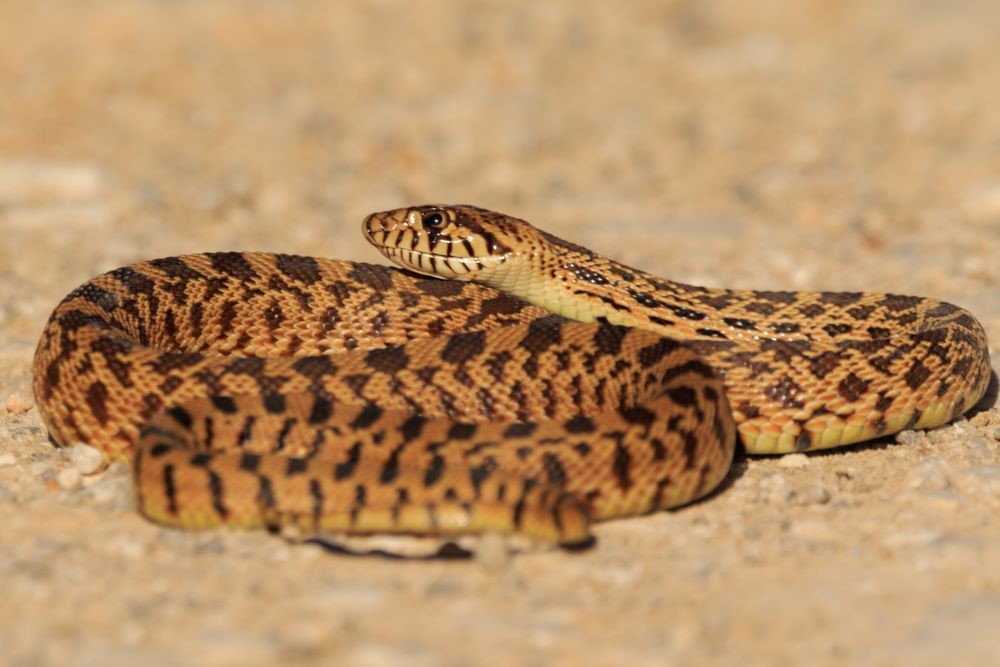Snake Oklahoma is a unique reptile sanctuary in the state of Oklahoma that provides a safe and secure home for all types of snakes. The sanctuary works to protect, conserve, and rehabilitate snakes in their natural habitat, as well as providing educational resources to promote understanding and appreciation of these beautiful creatures. Visitors can learn about snake behavior, ecology, and conservation through various educational programs, tours, and events. The sanctuary is home to a variety of snake species from all over the world including rattlesnakes, pythons, garter snakes, hognose snakes, king snakes and many more. The staff at Snake Oklahoma are dedicated to providing the best possible care for each individual snake and are committed to creating a safe and secure environment for them. The sanctuary also provides volunteer opportunities for those looking to get more involved with their mission. Visitors are welcome to come take part in activities such as feeding, cleaning, and caring for the snakes.
List of top 16 Venomous Snakes in Oklahoma
Oklahoma is home to a diverse array of venomous snakes, from copperheads and rattlesnakes to water moccasins and coral snakes. Here are the top 16 venomous snakes in Oklahoma:
1- Copperhead Snake
This common snake can be found throughout the state, usually near wetlands or wooded areas. Their venom is not usually life-threatening but can cause severe pain and swelling.

2- Western Diamondback Rattlesnake
This species of rattlesnake is the largest and most dangerous in Oklahoma and has a powerful venom that can cause severe tissue damage, necrosis, and even death if left untreated.

3- Cottonmouth Water Moccasin
These venomous snakes are found mainly in wetlands and rivers, but can also be found in wooded areas. They have a powerful neurotoxic venom that can cause extreme pain and even paralysis if left untreated.

4- Pygmy rattlesnake
This small venomous snake is usually found in sandy areas and is known for its loud rattle. Its venom is not usually life-threatening but has been known to cause severe pain and swelling.

5- Timber Rattlesnake
This venomous snake is common in forests, especially near rivers. Its venom can be lethal if left untreated, causing intense pain, swelling, and fever.

6- Canebrake Rattlesnake
This species of rattlesnake is usually found in wooded areas and forests. Its venom causes extreme pain and swelling, though it is not usually life-threatening.

7- Western Pygmy Rattlesnake
This small snake can be found in grassy or sandy areas. Its venom is not usually life-threatening but can cause severe pain and swelling if left untreated.
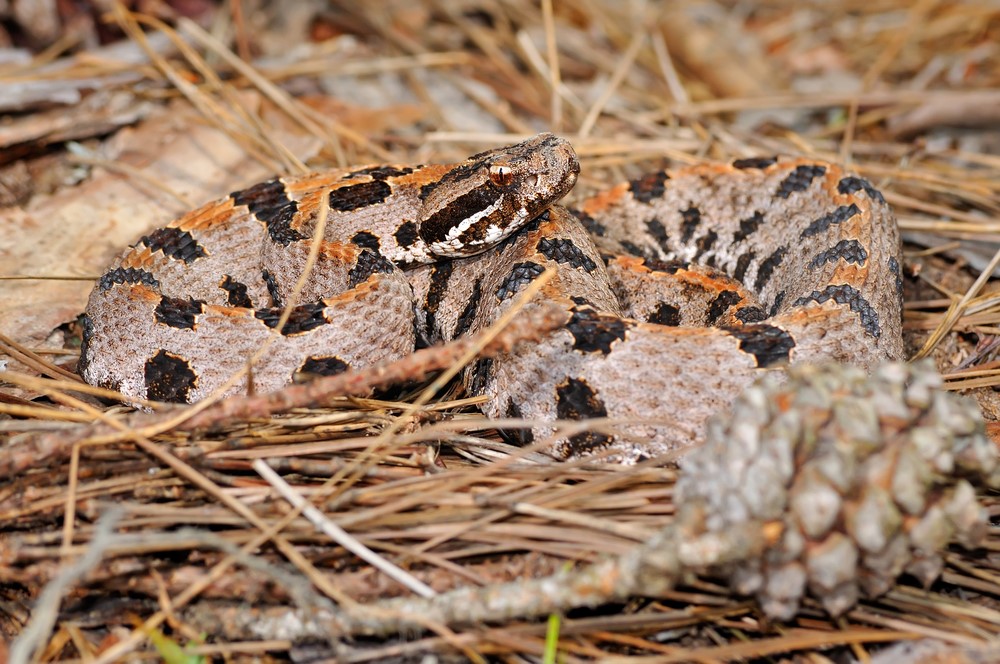
8- Western Rattlesnake
This species of rattlesnake is found throughout Oklahoma and has a powerful venom that can cause tissue damage, necrosis, and even death if left untreated.

9- Eastern Coral Snake
This venomous snake is usually found in forested areas and has a powerful neurotoxic venom that can cause paralysis, numbness, and breathing problems if left untreated.
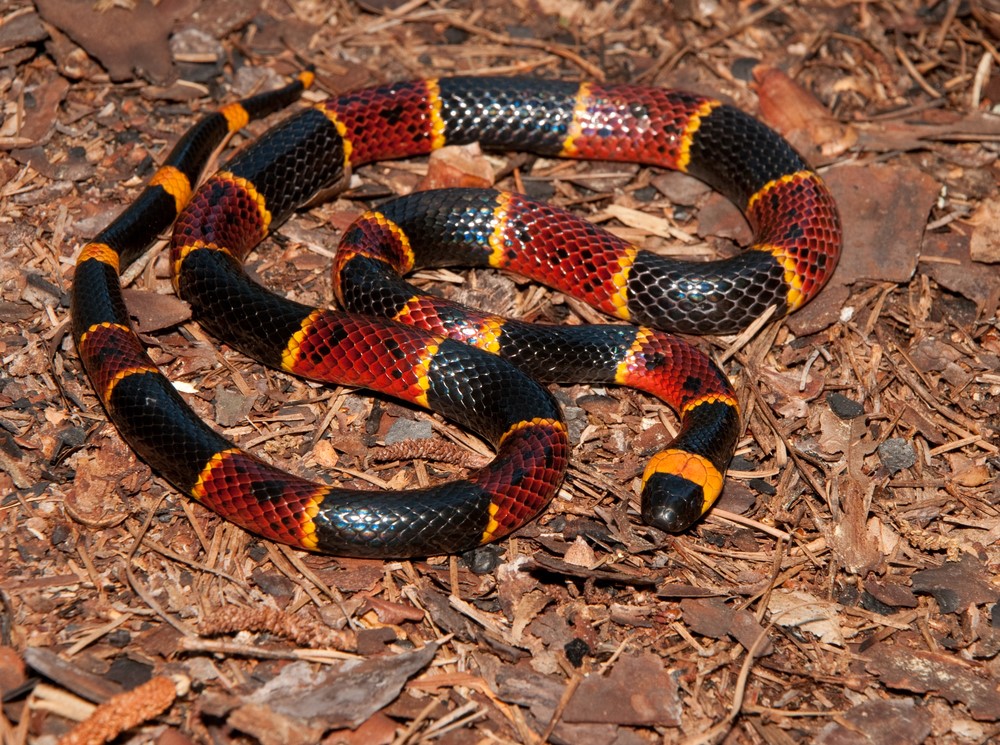
10- Prairie Rattlesnake
This species of rattlesnake is common in grasslands and prairies throughout the state. Its venom causes intense pain and swelling, as well as fever and paralysis if left untreated.

11- Midland Water Snake
This venomous reptile is usually found in wetlands and streams. Its venom is not usually life-threatening but can cause intense pain and swelling if left untreated.
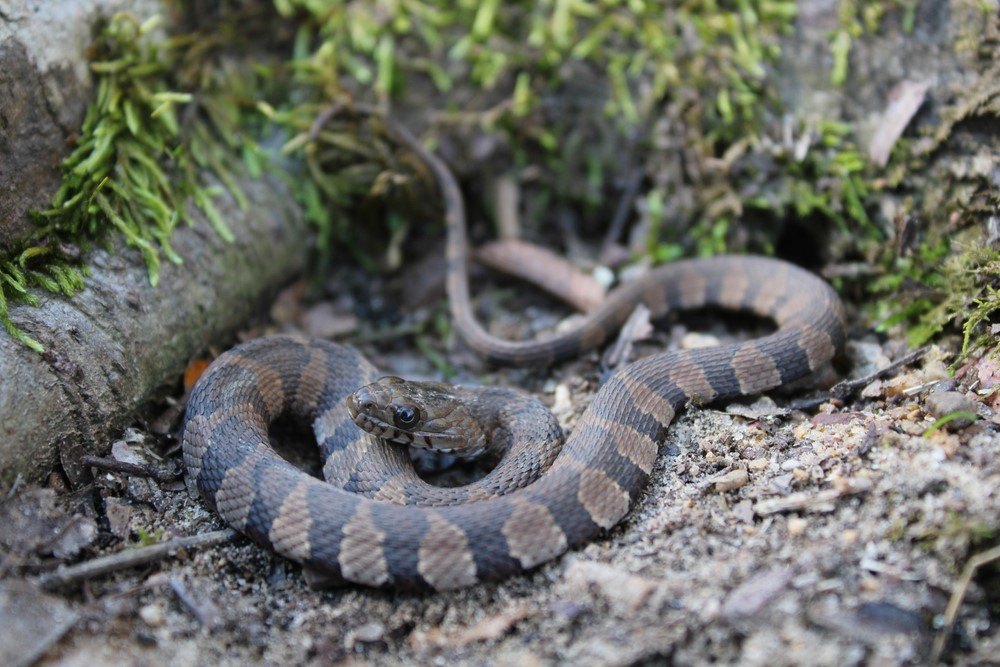
12- Western Hognose Snake
This small species of snake is common in grasslands and prairies. Its venom is not usually life-threatening but can cause severe pain and swelling if left untreated.

13- Speckled Kingsnake
This species of kingsnake is common in wooded areas throughout Oklahoma. Its venom is not usually life-threatening but has been known to cause intense pain, swelling, and nausea if left untreated.
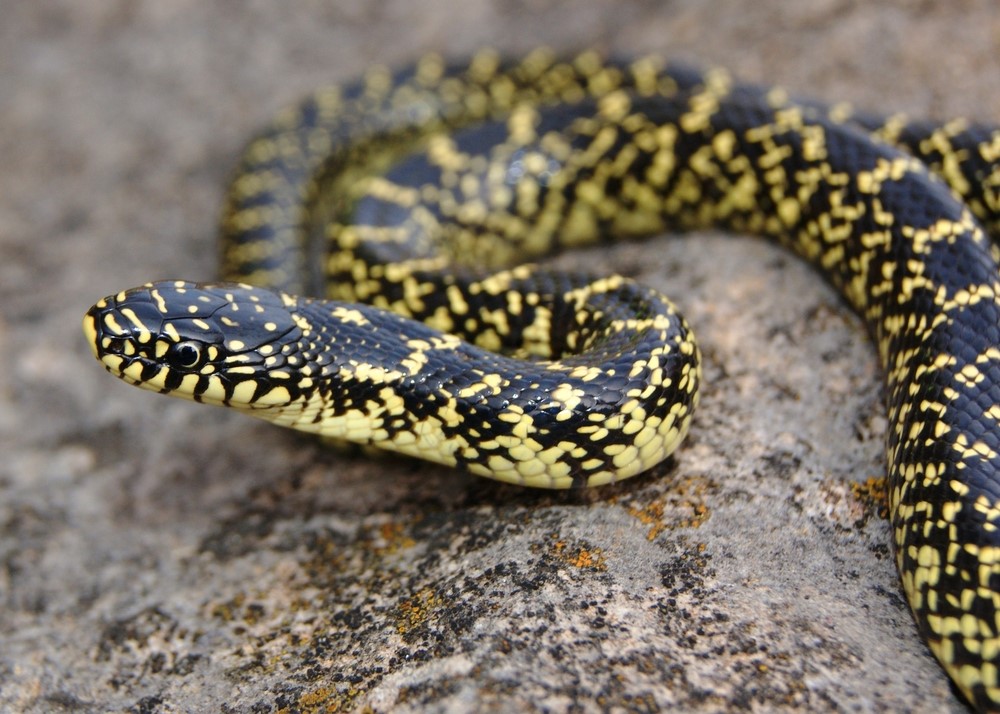
14- Eastern Hog-Nosed Snake
This species of snake is common in wooded areas throughout the state. Its venom is not usually life-threatening but can cause intense pain and swelling if left untreated.

15- Glossy Crayfish Snake
This small species of snake is found mainly in wetlands and rivers. Its venom is not usually life-threatening but can cause intense pain and swelling if left untreated.

16- Red Diamond Rattlesnake
This species of rattlesnake is found in grasslands, prairies, and wooded areas throughout the state. Its venom is lethal and can cause extreme swelling, tissue damage, and even paralysis if left untreated.
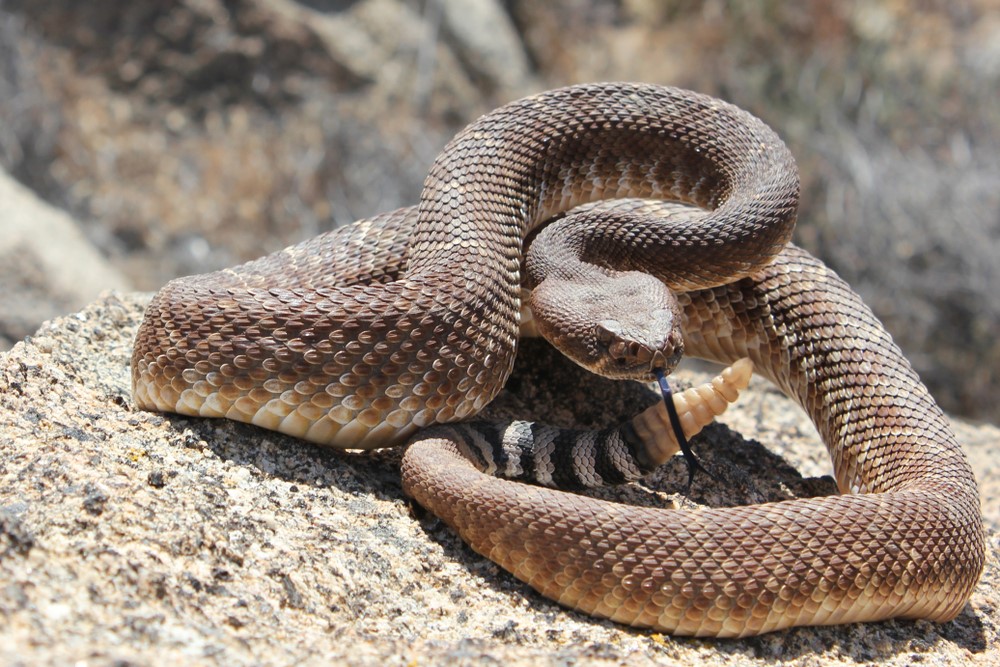
In conclusion, Oklahoma has many different types of snakes, some of which are venomous. While most bites from oklahoma snakes are not life-threatening, it is important to seek medical attention for any snake bite you may receive as the venom can cause severe pain and swelling if left untreated.
How to Protect Yourself from Venomous Snakes in Oklahoma
Protecting yourself from venomous snakes in Oklahoma is an important part of staying safe. Some tips for avoiding potential snake bites include:
• Stay on trails and paths when exploring outdoor areas, as this can help you avoid contact with venomous snakes.
• Wear sturdy boots and long pants when walking in areas where snakes are likely to be found.
• Pay attention to your surroundings and watch for snakes when hiking or camping in areas with venomous species.
• Teach children about the dangers of snakes, so they know how to stay safe.
• If you encounter a venomous snake, back away slowly and give it plenty of space. Don’t attempt to handle or kill the snake.
• Seek medical help right away if you are bitten by a venomous snake, even if you don’t feel any symptoms.
By following these simple tips, you can help ensure that you and your family stay safe while enjoying the outdoors in Oklahoma. Remember, venomous snakes can be found in many parts of the state and it is important to always be aware of your surroundings. If you ever encounter a venomous snake, leave it alone and seek medical attention immediately if you are bitten. With these simple precautions in place, you can help ensure a safe and enjoyable outdoor experience for everyone.
Happy Snaking
Read an article on the hunting skills of Juvenile Red Tailed Hawks

